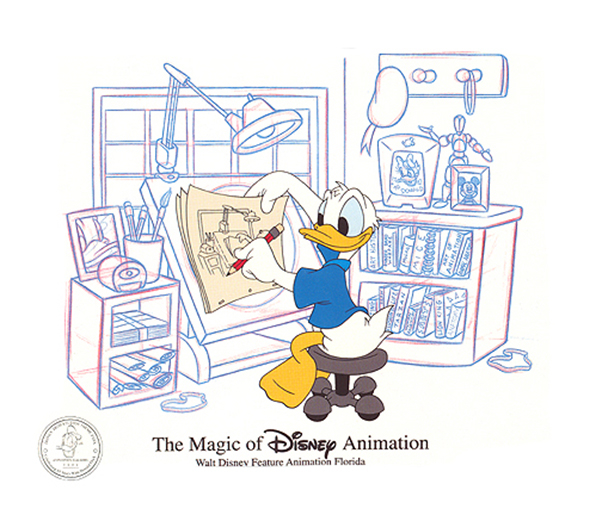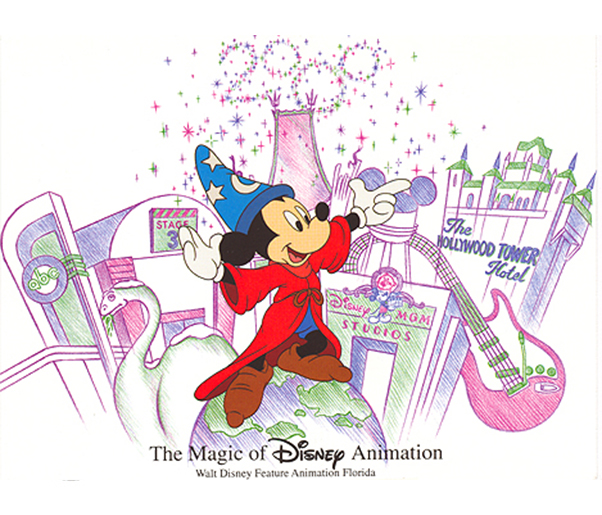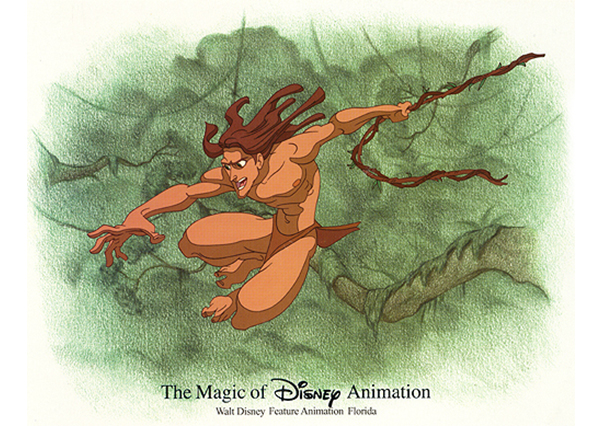If you work for a bank or credit union creative team, you know exactly how I have feel when the word "Deposits" comes up. It's like getting an automatic writer's block, in this case a designer's block. Creating marketing for a product as bland and boring as a "Deposit" is perhaps the biggest challenge for visual designers because of the lack of visual queues we can connect to the word "Deposit", especially if we are trying to go for the unconventional. Producing a unique design and successful creative while communicating the strategic needs of our brand is even more difficult. Most banks usually highlight the rates in big numbers. I am sure you have seen those everywhere. We've also done that, to be exact it was last year, but we went a little more unique by creating the numbers out of US coins. It took quite a while to create the graphics but the result was very successful.
2015 Deposit Campaign Example
For this year's campaign we wanted to do something different and more unconventional. We did a brainstorm session where our fantastic writer and I started to play with words that we could connect to the effort, such as "Power Up", "Charge Up", "Electrified" came up. From those words I quickly came up with two ideas to pitch. For the first idea, I wanted to utilize the wealth of creativity that our company has to offer, and in particular the film Monsters, Inc. came to mind. My idea was to show the scream canisters but here used as canisters where people keep their money. For the second idea, I pitched the visual of a battery charger (such as a jumper cable) where the money is getting charged. After the meeting, I began creating concepts for both pitches since I had a little time to work on this project. The canister idea was interesting but when I went to design concepts for it, I quickly realized that it was going to be difficult to explain what the canister had to do with the idea of charging the money. For the second idea, I was able to find a perfect image on iStockphoto of jumper cables charging dollar bills. The image is exactly what I was looking for but it was not going to be enough to be convincing and engaging. I quickly looked for other images or sparks and electrical charges and was able to find some good choices that would work well for the project. Finally, I decided to use an image of metal texture for the background that closely matched our brand style. For typefaces, I decided to use a newly released modern clean font, something that no one has seen before in order to focus on a more fresh and new experience. I found a good font called Sullivan that came in three different versions: Regular, fill and bevel. I went to work once I had all my assets.
My design process is very internal. I am able to get ideas in the brainstorming process and layout the elements in my head. I remember when I started to work as a designer, I sketched everything. Mostly they were blocks in a page to help me place the main elements of the composition. This helped me better visualize to the point that today it is a completely mental process. I can see visuals in my mind, and slowly create a full picture of what the design will look like before it is fully completed, often before the end of the creative session. I know when I do not fully understand a project because I usually have a hard time visualizing it in my head, and that is when I ask a lot of questions.
Once I had all my graphic elements for this project, I started in Photoshop to color manage the image of the money with the jumper cables because the money didn't appear as colorful or as lively as I originally wanted. I proceeded to mask the image from the white space. Next, I pulled elements from the vector image that would work well in the space. For visual clarity, I was conscious to keep the money clear from the sparks and electrical charge effects while still showing the effect across both positive and negative sides. I actually ended up rounding some of the effects in order to better frame the electrical charges around the money. Finally, I added the sparks right where the metal connected to the money. Since the raster image of the spark was dark enough, I was able to apply a screen effect to the layer to remove the black space from the photo. I added the spark on each connector.
Completed Print Full Page Ad.
After the effects, I added the background and played around with drop shadows to give the design more depth. Once the design was completed in Photoshop, I moved on to InDesign to lay out the copy. Normally, I will do a preliminary headline in the same Photoshop art file for several reasons. First, I can align where the headline will go in the InDesign workspace, and secondly, it may give me more opportunities to be creative by adding effects to the headlines, something that is not possible in InDesign. For this particular project, I ended up including the headline in the Photoshop file in order to give the design even more depth. The body copy, call to action, logo, tag line and disclosures were placed in InDesign and the composition was complete.
In-Branch Horizontal Digital Slide
For this project, we created elements for the web and for our in-branch digital posters. We had motion graphics created that took full advantage of the sparks and electrical charge effects on the money.























